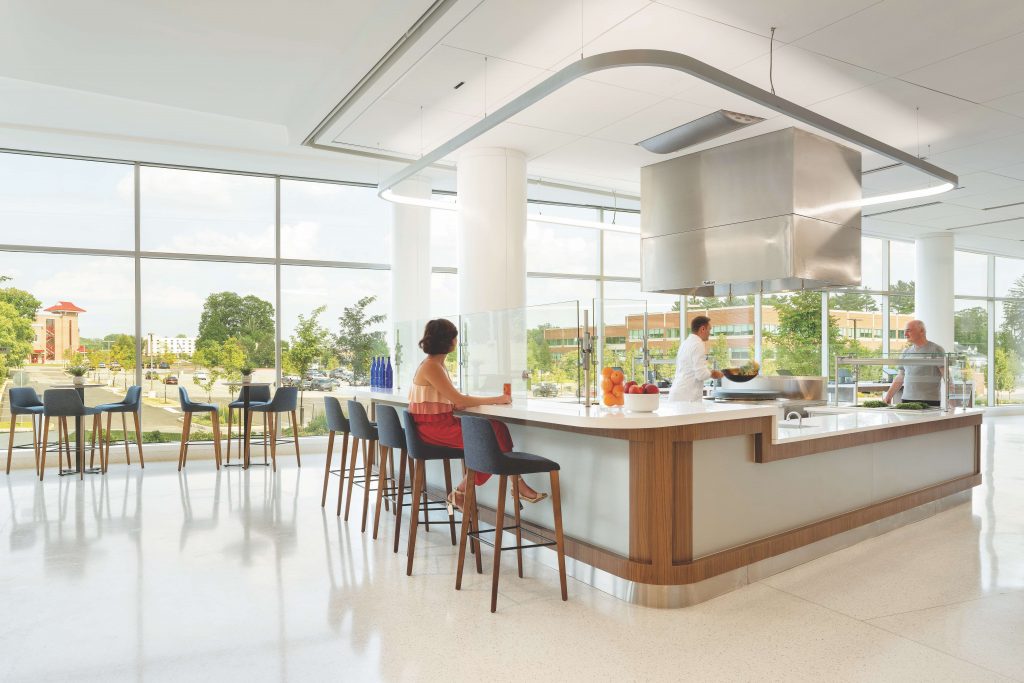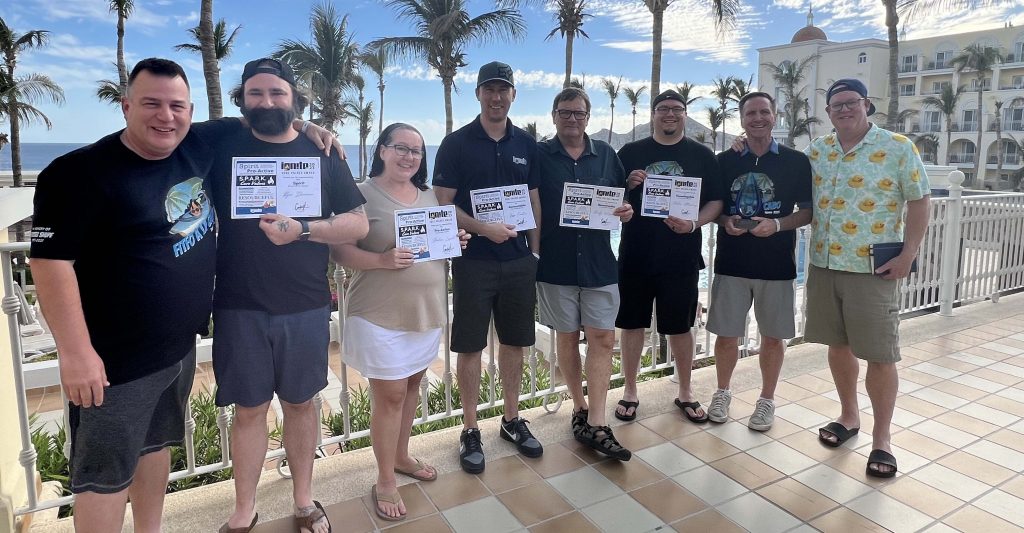
We are all professionals but there are times when dealing with some clients we just want to run and hide. It is almost as if these clients wish to make your life a misery.
There are basically two types of chefs and developers:
First, those who understand they have employed a professional consultant who they know from previous projects or they have done their research and have total faith in your ability to complete the project correctly, on time and budget.
They know you will deliver a profitable or cost-efficient outcome in line with their expectations.
Second, there are those who want to micromanage your every move and then cannot understand why kitchens don’t flow, areas are increased and budgets are blown apart.
How do you deal with such clients?
Finding the right solution
A number of the solutions I have developed over the years that seem to work, provided you have established an appropriate budget in the first instance, are as follows:
- If a specific item or brand of equipment is required back of house (BOH) and it costs more, balance this against its production output and change brands of other equipment to balance the cost, or replace two standard bratt pans with one pressure unit.
- If there is a requirement to move a cooking bank from a BOH location to a front of house (FOH) open kitchen, then you advise the client and designer architect or interior designer) of the options with associated costs:
1) The equipment as specified for BOH
2) Unitary equipment that is designed for FOH use
3) Block equipment – either one-piece construction or custom built.
Optional accessories cost more, such as drawers for doors, refrigerated wells, locks, chrome grille plates, split pot fryers, for example, so when added on request, advice about the costs must be provided immediately.
FOH equipment must be suitable for application and not compromised by not holding design conditions. It also must look the part and maintain the image desired by the client.
Clients who are difficult are usually the result of a failed project in the past and are absolutely determined they will not be misled again, so when you come up against a client who wants to make your life difficult, don’t react negatively.
Be firm, positive and proactive, providing information in abundance when requested, but also offering additional information regarding new products, methods and techniques without having to be prompted.
Developers and chef owner-operators always want to know about anything that may improve their profitability. Understand this and you can turn a tricky situation into a client for life.
Ken Sangster FCSI




